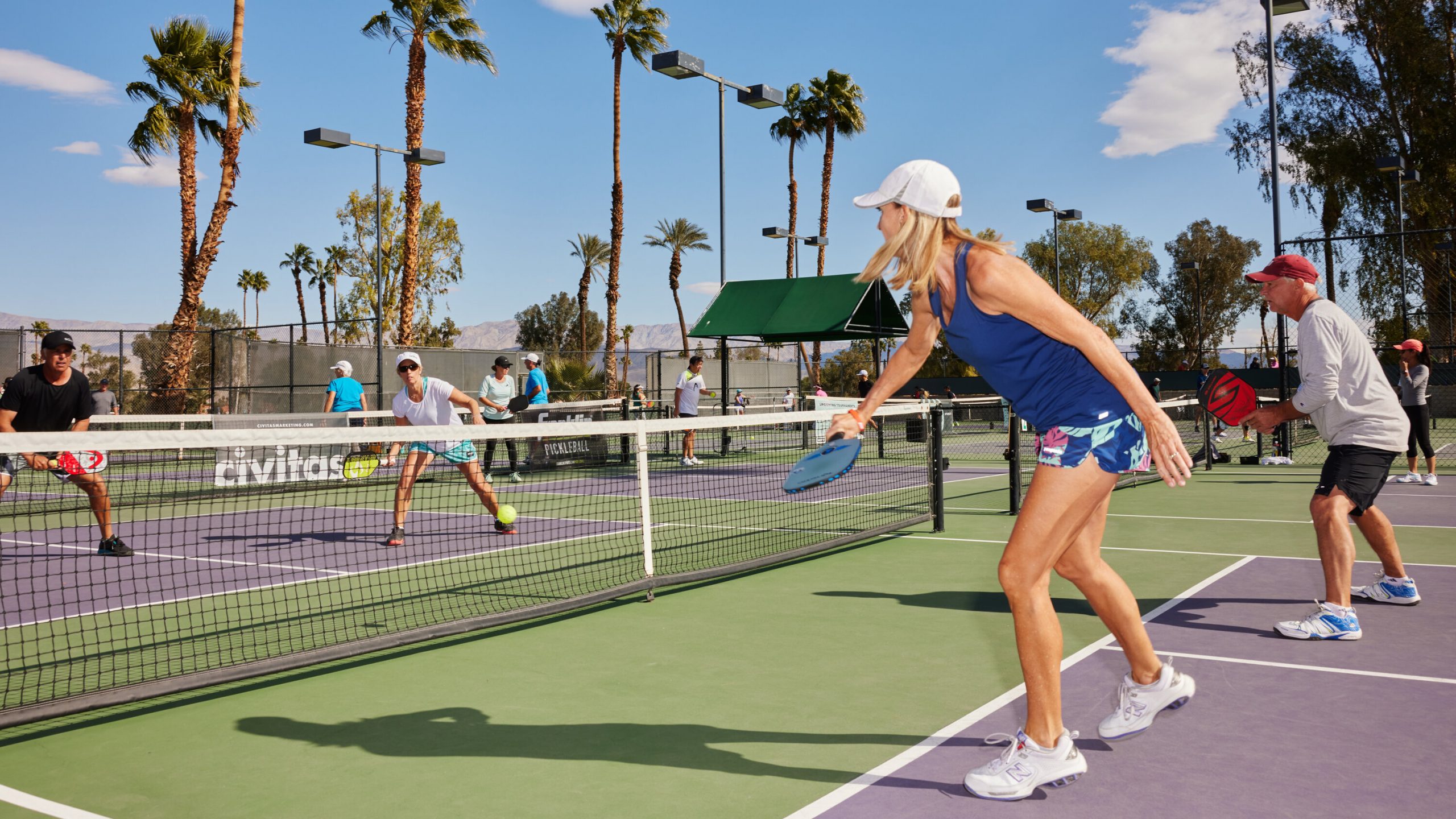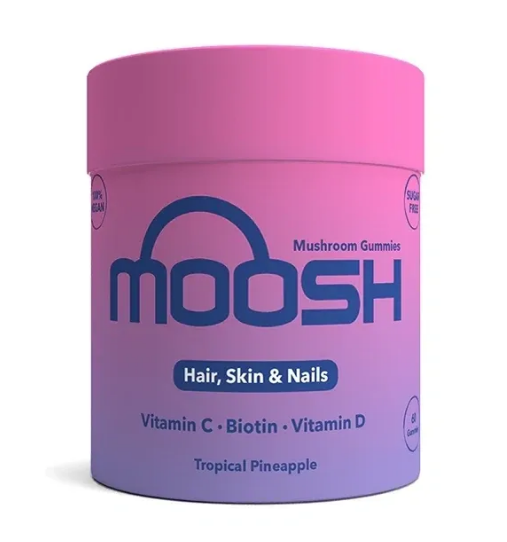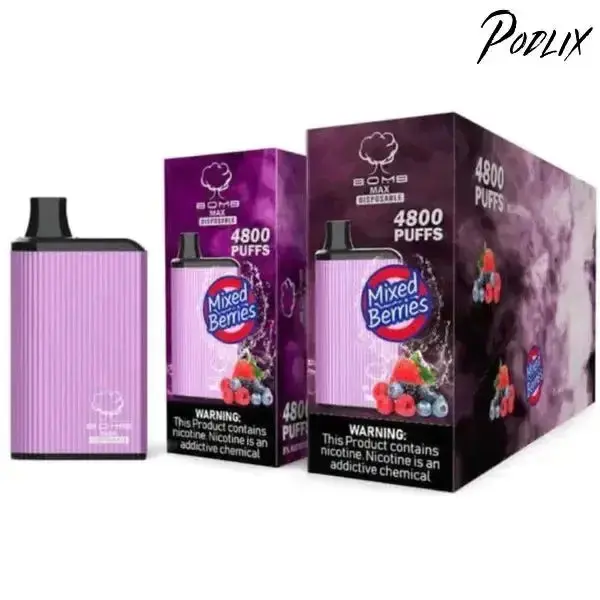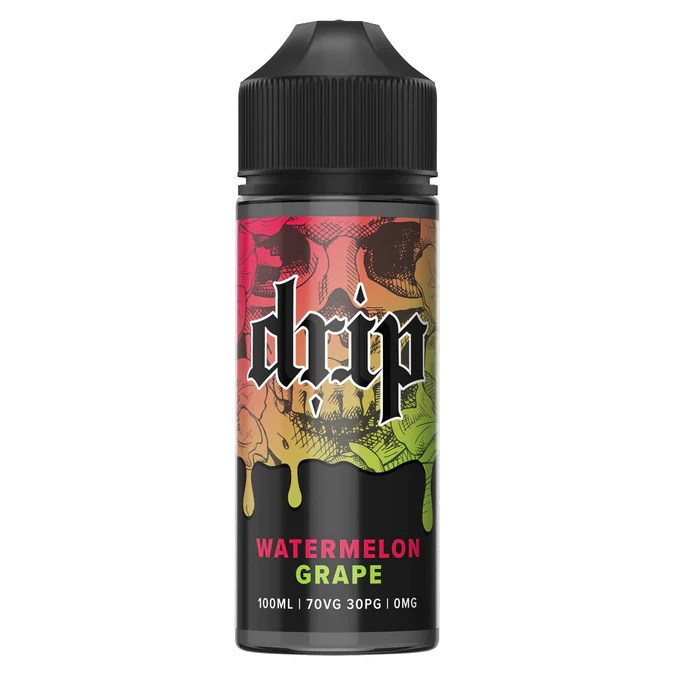Introduction
Pickleball is a fun and engaging sport that requires agility, speed, and quick reflexes. However, the intense physical demands of the game can sometimes lead to fatigue and muscle soreness. In this comprehensive guide, we will explore three effective ways to recover faster from pickleball, allowing you to optimize your performance and minimize the risk of injuries. By incorporating these strategies into your routine, you can bounce back quicker, enhance your endurance, and maintain your competitive edge on the pickleball court.
Table of Contents
Understanding the Importance of Recovery:
- Exploring the significance of recovery in pickleball
- Highlighting the benefits of proper recovery for performance and injury prevention
- Discussing the role of rest, nutrition, and other factors in the recovery process
Nutrition and Hydration for Optimal Recovery:
- Fueling your body with the right nutrients for recovery
- Discussing the importance of macronutrients and micronutrients in the recovery process
- Providing tips for hydration and electrolyte balance during and after pickleball sessions
Active Recovery Techniques:
- Incorporating low-intensity exercises and activities into your routine
- Exploring the benefits of active recovery for muscle repair and reducing stiffness
- Suggesting specific active recovery exercises for pickleball players
Rest and Sleep:
- Understanding the importance of quality sleep for recovery
- Discussing the role of rest days and adequate sleep in muscle repair and growth
- Providing tips for optimizing sleep quality and establishing a bedtime routine
Self-Care Practices:
- Exploring self-care techniques for enhancing recovery
- Discussing the benefits of stretching, foam rolling, and massage
- Suggesting other self-care practices such as meditation and stress management
Injury Prevention and Rehabilitation:
- Highlighting the importance of injury prevention strategies
- Providing tips for warming up and cooling down before and after pickleball sessions
- Discussing the role of physical therapy and rehabilitation in recovery from injuries
Mental Recovery:
- Recognizing the mental aspect of recovery in pickleball
- Discussing the importance of relaxation techniques and mindfulness
- Providing tips for managing stress and maintaining a positive mindset
Cross-Training and Conditioning:
- Exploring the benefits of cross-training for pickleball players
- Discussing specific exercises and activities that can enhance overall fitness and recovery
- Providing guidance on incorporating cross-training into your pickleball routine
Listening to Your Body:
- Emphasizing the importance of listening to your body’s signals and cues
- Discussing the difference between pushing through fatigue and respecting limitations
- Providing tips for adjusting training intensity and volume based on your body’s needs
Recovery Strategies for Tournament Play:
- Discussing specific recovery techniques for multi-day pickleball tournaments
- Highlighting the importance of proper nutrition, hydration, and rest between matches
- Providing guidance on balancing performance and recovery during tournament play
Conclusion:
- Summarizing the key strategies for faster recovery from pickleball
- Emphasizing the importance of proper nutrition, rest, and self-care practices
- Encouraging pickleball players to prioritize recovery to optimize performance and prevent injuries
Note: It’s important to consult with a healthcare professional or sports specialist before starting any new exercise or recovery program. The information in this guide is intended for educational purposes only and should not be considered medical or
professional advice.
Conclusion
Recovering faster from pickleball is essential for maintaining peak performance and preventing injuries. By implementing the strategies outlined in this comprehensive guide, you can optimize your recovery process and enhance your overall pickleball experience.
Prioritize proper nutrition and hydration to provide your body with the necessary fuel and nutrients for recovery. Incorporate active recovery techniques, such as low-intensity exercises and activities, to promote muscle repair and reduce stiffness. Make sure to prioritize rest and quality sleep to allow your body to heal and rejuvenate. Engage in self-care practices, including stretching, foam rolling, and massage, to alleviate muscle tension and promote relaxation. Don’t overlook the mental aspect of recovery, as relaxation techniques and mindfulness can help reduce stress and improve overall well-being.
Injury prevention and rehabilitation should also be a priority. Warm up before pickleball sessions, cool down afterward, and consider physical therapy or rehabilitation if necessary. Cross-training and conditioning can enhance your overall fitness and contribute to faster recovery. Listen to your body and adjust your training accordingly, being mindful of fatigue and limitations.
Lastly, for tournament play, pay extra attention to recovery strategies between matches. Prioritize proper nutrition, hydration, rest, and self-care to maintain performance levels throughout the tournament.
Remember, recovery is a crucial component of your pickleball journey. By implementing these strategies, you can enhance your performance, reduce the risk of injuries, and enjoy the sport to its fullest potential. Stay mindful of your body’s signals and consult with professionals as needed to ensure a safe and effective recovery process.
Disclaimer: The information provided in this guide is for educational purposes only and should not be considered medical or professional advice. It is always recommended to consult with a healthcare professional or sports specialist before starting any new exercise or recovery program.
- Vape Cartridges by Vapes Super Store-Comprehensive Review Top Vape Cartridges - March 19, 2024
- 3 Ways To Recover Faster From Pickleball - June 9, 2023
- Receptra CBD ReviewsFall 2021 - June 9, 2023





